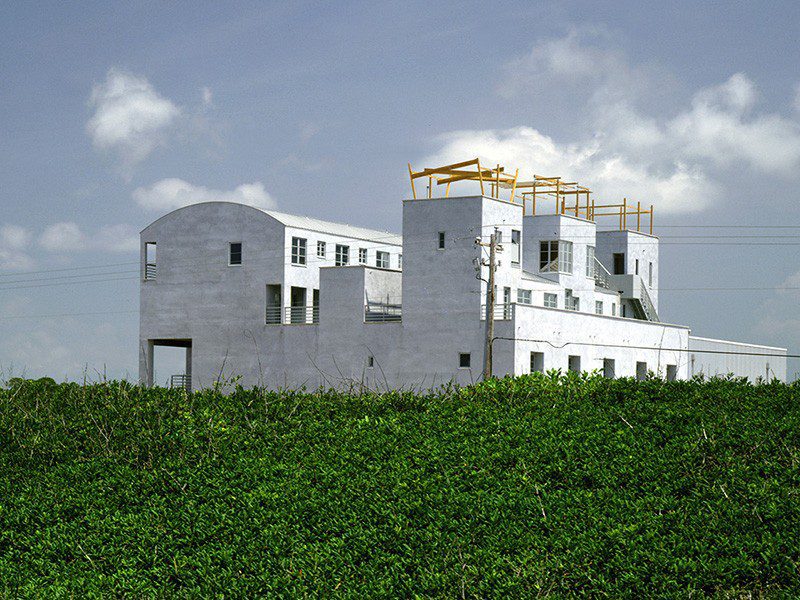urbanism
Instead of imposing rigid master plans, SHA approaches urbanism as a creative negotiation with complexity. In his 2009 book “Urbanisms: Working with Doubt,” Holl argues that contemporary cities cannot be scripted by a single deterministic vision – “Today, working with doubt is unavoidable. The absolute is suspended by the relative and the interactive.” This means embracing dynamic systems, mixed programs, and adaptability over time. Holl also emphasizes integrating landscape and ecology into urbanism – “Equivalent portions of landscapes [should] be protected, restored and reforested parallel to new urban constructions, so that higher density can decrease sprawl.” SHA’s urban-scale projects often introduce order and openness simultaneously, focusing on human-scale interfaces – porosity at street level, activated courtyards, cultural “anchors” like museums or libraries as civic catalysts.

















